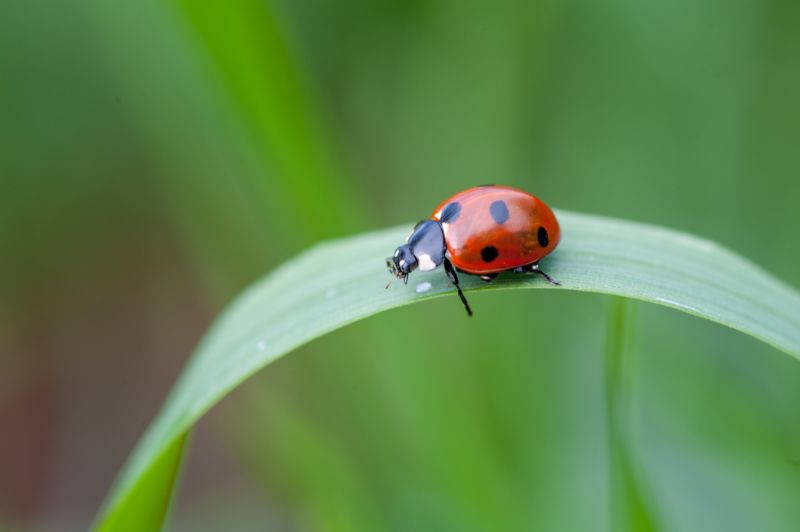Delightful to many and a mystery to others, the ladybirds -commonly known as ladybugs- hold an intriguing lifecycle. Often encapsulated in their bright colorings, their fascinating transformation journey from minute eggs to the formidable pest predators, also known as ladybird larvae, often goes unnoticed. Today, we delve into this intriguing journey, shedding light on the often overlooked life stages of ladybirds.
The Art of Unravelling Ladybird Larvae

Originating in the Middle Ages, the charming ladybirds are symbolic of good fortune. Housing more than 450 species in North America alone, these delightful insects are a gardener’s best friend. Their unique diet – primarily consisting of pests and insects harmful to crops, like mites, small insects, and their eggs – makes them a beneficial addition to any garden.
Beginnings: From Tiny Eggs
The saga of a ladybird’s life commences when they lay their eggs. Clustering in large numbers, they lay close to a 1000 eggs over a few months. The color palettes of these eggs can range from a soft cream, a warm yellow, to a vivid orange.
- Appearance of Larvae: As they transition from the egg phase to the larval stage, they rapidly darken and sprout prominent legs. The process usually spans around a couple of weeks.
- The Growth Curve: As the larvae grow, they morph in color, eventually mirroring the bright hues of the adult beetles.
Predator Phase: Unmasking the Ladybird Larvae
Though the ladybird larvae may not match the adorable visage of their adult counterparts, their contribution to pest control is noteworthy. The first hour post-emergence is usually a quiet one as the newborn ladybird larvae harden their outer shell. However, once it starts moving, it engages in a feeding frenzy, swiftly consuming both hatched and unhatched eggs.
Tick Tock: The Race Against Time

Ladybird larvae exist in a continuous loop of frequent feeding and molting towards the pupae stage, which ultimately leads to their adulthood. Over a span of 20 days, they evolve into voracious hunters and invaluable weapons in the war against pests.
The Adult Phase: More Than Just An Adorable Bug
Despite their evolved hunting skills, ladybird larvae maintain their charming demeanor as they grow into adults. Their continuous appetite for harmful creatures makes them a prized asset, not just for crop farmers but also for garden enthusiasts.
See Related: The Lively Charm of the Orange Canary: A Vibrant Guide to Owning and Caring for These Beautiful Birds
The Superstitious Ladybird

The allure of ladybirds extends beyond their pest-predatory habits. History is rich with superstitions linked to these winged wonders:
- Markers of Good Fortune: Often, the number of spots on a ladybird is thought to signify the coming months of good luck.
- Marriage Superstition: A ladybird landing on a young woman’s hand often signals an impending wedding.
- Symbol of Fertility: A common belief is that the number of spots on a ladybird landed on a woman, might indicate her future offspring number.
Caution: Despite the myriad benefits of these dainty creatures, it is crucial to remember killing a ladybird is often considered a harbinger of ill luck!
From their striking presence to their potent pest-destroying abilities, every stage of a ladybird, and specially the ladybird larvae, presents a fascinating study for the keen eye, holding immense ecological value.
Related Resources: